The Evolution of Fur:
A Brief History Of Fur and Faux Fur Garments
Preherstoric Fur
When I think of “furs”, like when that word is used to mean finished garments, I tend to think of the luxury furs of the 1920's-60's. I think silver screen glamour, and award shows. Not much before or after that period. I know fur has had an integral part in our evolution and survival, but I tend to associate it with pageantry more than conquering the elements. It's from this place of ignorance that I struggle to find a good starting point for this piece. My gut tells me I should read up on anthropology and try to get an accurate take on the prehistory of fur. However, my brain tells me that History Channel's Ancient Aliens exposed anthropologists as being alien shills. I will do the best I can, please bear with me.
The use of fur for clothing and shelter predates written history. Animal hides were worn by several species of prehistoric hominoids including the Neanderthals and Denisovans. The bible describes the introduction of such clothing in Genesis 3:21 which reads, “And the Lord God made for Adam and his wife garments of skins and clothed them.” If you are unfamiliar with the story, God was mad at them for eating forbidden fruit and making clothes out of fig leaves. So God made them better clothes, cursed woman with the pain of childbirth and kicked humans out of paradise. That, ladies and gentlemen, is how fashion started.
The Land of Eng
Medieval England regulated furs like most governments currently regulate drugs, with absurd laws, heavy handed enforcement, and corrupt oversight. They had very specific laws about what kinds of fur prostitutes could wear, lest they be confused for nobles. The laws on English fashion changed regularly through crown proclamations, with restrictions on the underclass becoming increasingly strict every decade or two.
Edward IV passed the first major sumptuary act in April of 1463. It was an economic act, mainly focused on regulating the textile industry. It is also the first piece of English legislation regulating the use of “royal purple.” During this time period “royal purple” referred to any dark red, dark blue or purple fabric. This document banned the use of certain garment features that enhanced silhouette as well. Only the elite were allowed to be shapely. Tyranny ruled the land.
It was the following sumptuary act that started to get restrictive with furs. The January 1483 Act of Apparel demanded that leather and fur be regulated by class. You had to make over £40 every year to wear any hides other than lambskins.
The laws on fashion continued to change and get increasingly weird and specific for most of British history. For instance, from 1571-1597 all males over six years old had to wear wool hats on Sundays or pay a fine... The crown regulated just about everything. This point in history is significant because this was the period where furs became a status symbol. England set a weird precedent with animal furs and exclusivity that still seems to resonate through “the gentry” to this day.
Hudson's Bay Slays
The Hudson's Bay Company was the de facto government for parts of North America from 1670 to 1869. The HBC started around 1659 when two French traders, based in what is now Canada, decided to lobby the French government to scout the area north and west of Lake Superior. They had heard rumors that the local Cree tribesmen praised the area for its furs. The Marquis d'Argenson refused to give them permission to scout the area, as it was feared this would shift focus away from French controlled territories. The two traders, Pierre-Esprit Radisson and Menard des Groseillers did it anyway. They left New France in 1659 and returned a year later with premium furs. They were arrested, fined, and there furs were confiscated for the crime of trading without a license.
It was at this point Radisson and Groseilliers decided that France may be a poor sponsor for their adventures and thought maybe the British would want to have a piece of the action. They met some Brits in Boston Massachusetts that agreed to fund an expedition in 1663. That expedition fell apart when their shipwrecked on ice in the Hudson Strait. A British Commissioner based out of Boston reached out to the two Frenchmen shortly after and offered to get them to England to raise capital. They arrived in London in 1665 during the peak of the Great Plague. They were eventually hooked up with King Charles II by way of his cousin Prince Rupert.
Rupert put in the good word and on June 5, 1668 two ships left Deptfort England for the Hudson Bay. Groseilliers and Radisson each accompanied one of the ships. Radisson's ship the Eaglet was forced to turn back off the coast of Ireland. Groseilliers ship the Nonsuch made it. The explorers established Charles Fort and named the local river Rupert River after Prince Rupert. Charles Fort eventually became known as Rupert House, and the Prince went on to be the new companies first governor.
(Prince Rupert was pretty too)

The HBC went on to help establish Canada as we know it, as well as creating a demand for North American fur in Europe. The company was supplied by First Nations men and European trappers. Many of the European trappers came from the Netherlands, so the HBC colonies functioned in much the same manner as Dutch fur trading operations. Beaver pelts were the main unit of currency in Rupert's land. A beaver pelt that had been worked for a year and was ready for processing was called a “Made Beaver” or MB. Prices for everything from imports to other animal pelts were set in MB.
In March 1686, the French lead a raiding party that took the HBC posts along James Bay. This kicked off a series of bloody conflicts between New England and New France. Then in 1688 Old England and Old France declared war on each other and the next nine years were ugly, culminating in a massive naval battle. The Battle of Hudson's Bay took place in September of 1697. The HBC suffered massive losses. The French were finally doing what Groseilliers and Radisson implored them to do almost 30 years prior, establishing a presence in the Hudson Bay area.
Although the war caused massive financial losses for the HBC, their holdings were still substantial. The company continued to grow and shrink over the years and continued to have armed conflicts with natives and other fur companies. The North West Company, one of HBCs competitors was forced to merge with the HBC by the British government in 1821 because they kept having bloody conflicts. This merger constituted a significant expansion for the Hudson's Bay Company, more than doubling their territory.
Although the HBC is no longer a pseudo-government with soldiers and an official currency, it is still to this day a massive group of retail businesses that include it's own branded stores throughout Canada, Saks Fifth Avenue and Off 5th stores.
Love The Skin You're In
Fur was traditionally obtained from small animals trapped in the wild. Pelts were harvested during winter and traditionally worked for a year by the trappers themselves, before being sold to a merchant or garment maker. Furs have historically been harvested in winter because animals have the thickest, shiniest, and longest coat during this time of year.
Trappers set traps near food or water and come back later to collect the animals. The animal is then meticulously skinned, care is taken to keep the pelt intact. The next step is to remove all the fat, and add salts, oils, and mild chemicals. Different combinations have been used depending on the time period and region, the commonality being that the process has to be gentle enough not to damage delicate hair follicles, while still breaking down the leather to a softer workable consistency. Sometimes the longer guard hairs are plucked out, and sometimes the undercoat is trimmed or shaped up as well.
Although there are still many fur trappers actively working all over the globe trapping animals, much of the emphasis has turned toward farmed furs. Trapping can be seen as pretty inhumane by today's standards, but it feels inhumane in a natural way. Death in nature is quite often slow and horrible. Fur farming, however, is usually a lot sadder than that. I will spare details, but some of the things that are commonplace at fur farms give me nightmares.
The War To End All Wars
In 1919, to raise funds for WWI, the US imposed a 10 percent tax on real fur. This led to an increased demand for yarn-based fabrics that resembled fur. The first “fake fur” to be sold for fashion purposes was introduced to the market in 1929, just one year after the repeal of the tax that surely spurred its development. The earliest fashion minded fake furs used sheared alpaca hair, and unlike the mohair, plush, stuffed toy-like fabric that preceded it, alpaca-based fakes could be made to look real.
(Ana Cloche Hats are designed with vintage inspiration)
Animal Wrongs
Fake furs continued to improve in quality up until the 1950's when the first modern faux furs appeared, having replaced alpaca hair with acrylic polymers. Faux fur found use as a cheaper and easier to sew alternative to real fur, but was not, at the time, considered preferable to the real thing. This began to change in the 1960's as big cat conservation became a hot topic. Saks Fifth Avenue was picketed by the Audubon Society in 1968 for selling the fur of endangered animals.
In 1971 the manufacturers of Timme-Tation fake furs took out a star-studded ad in New York Magazine, featuring quotes from Mary Tyler Moore, Doris Day, and many others condemning and shaming the use of fur in fashion. This action set a precedent that would be followed by animal rights organizations for years to come. The use of models and actresses to shame fur consumption became standard. PETA had an iconic campaign in 1994 with Cindy Crawford posing nude in a faux fur hat in support of a campaign with the slogan "I'd rather be naked than wear fur." PETA would go on to mock the super model for appearing in the November 2007 issue of Russian Vogue magazine wearing a whole mess of real furs.
(The Audubon Society shouldn't have any issue with our Luxury Faux Fur in Carpathian Lynx)
The Ban Hammer
The US banned the trade of dog and cat fur in the year 2000. In 2007 the EU banned the import or export of dog and cat fur for member states. Dog and cat fur farming is still a massive business in China, and the import of dog and cat fur products to Canada is currently legal.
In the past 20 years fur farming of any animal has been made illegal in Slovenia, Slovakia, Serbia, Luxembourg, Norway, Macedonia, Bosnia, Croatia, United Kingdom, Belgium, Czech Republic and other countries. The list of countries that has made fur farming economically unfeasible or banned specific practices to effectively end commercial fur farming includes Japan, Germany, Austria, and Switzerland.
In 2011 the city of West Hollywood, California banned the sale of new fur fashion items. The city of Sao Paulo, Brazil banned the importation and sale of all fur items in 2015. Berkeley, California banned the sale of all furs in 2017. Neighboring cities San Francisco, and Los Angeles did the same thing a year later. There was an effort to ban fur in New York City in 2019. PETA brought out the big guns, Tim Gunn specifically, to urge New Yorkers and their elected officials to support the ban.
In 2020 Dutch parliament voted in favor of banning the breeding of minks by the end of the year in response to an outbreak of COVID-19 in local mink farms that resulted in the culling of 17 million animals.
As of today, the list of major designers and fashion houses that have banned fur is epic. Sensitivity and ethical consumption have become a standard part of corporate ethos. That did not happen overnight, or even over a particular election cycle. It's hard to imagine the current media landscape existing without groups like PETA laying the groundwork for the unionizing, mobilizing, and weaponizing of beautiful women. (and men, men are pretty too, shouts out Prince Rupert.)

It does not look like fur is going anywhere, anytime soon. Fur has a cultural significance that is older than recorded time, and although it's relationship to metropolitan glamour might be fading, it is still absolutely associated with royalty, wealth, and power. A real fur coat costs between 3K and 50k; that is aphrodisiac money. They don't just project opulence though, real fur is soft. So soft that when I am exposed to real fur garments, the experience in and of itself draws my attention to my own moral objections. It catches you off guard how soft they can be, arrestingly soft, like a baby, like a little baby animal.
-Jennifer Oberg




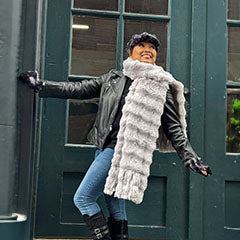
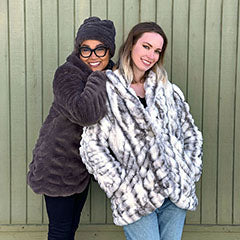

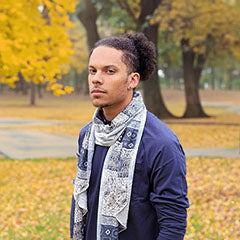



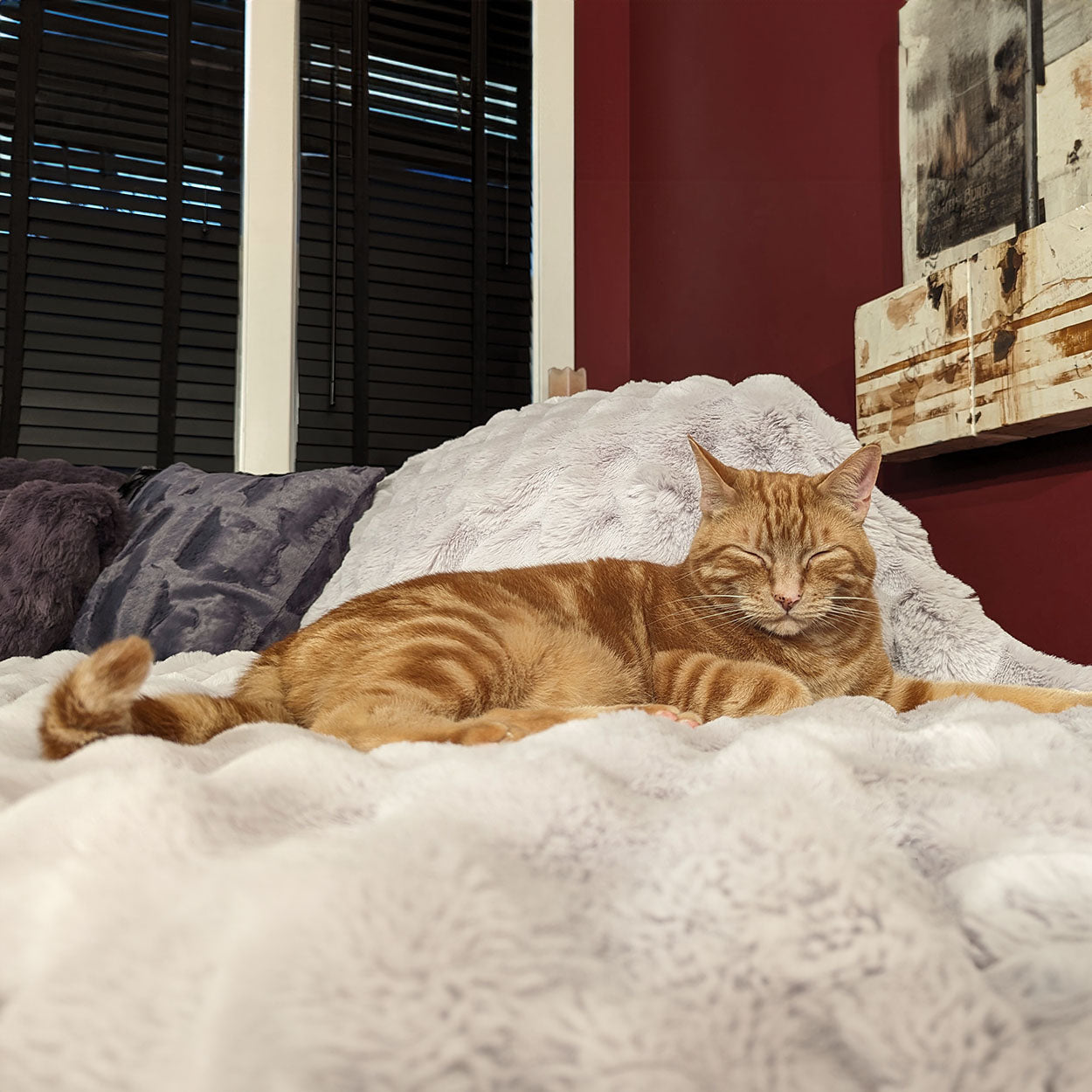
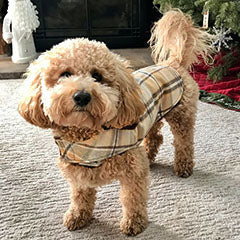
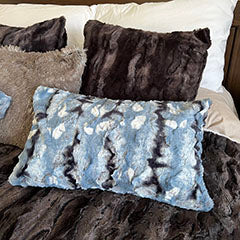

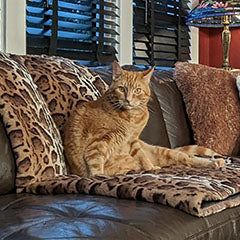
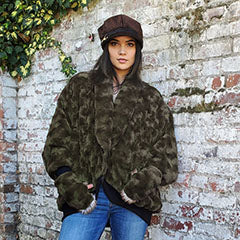
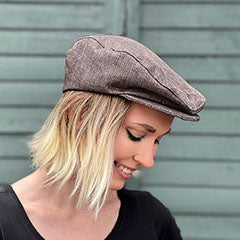







Leave a comment (all fields required)